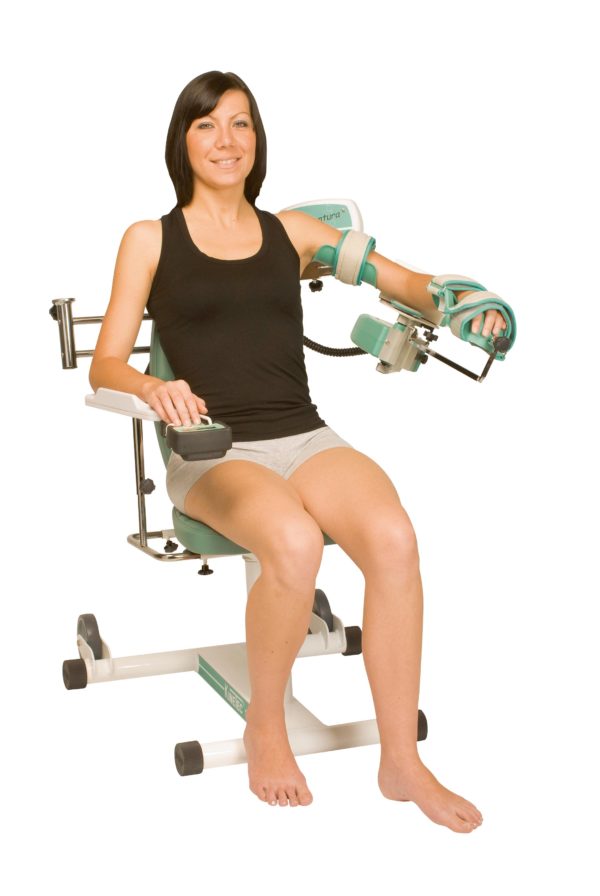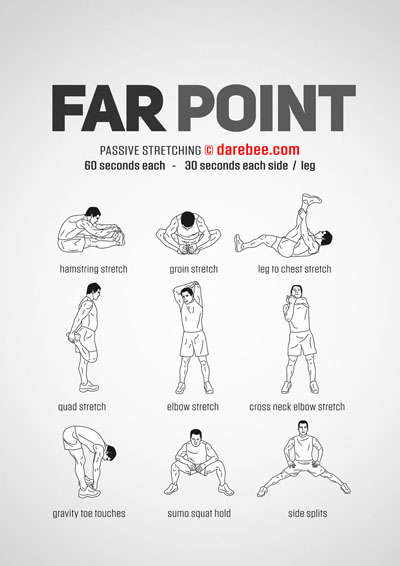


Your veterinary therapist will perform a physical assessment of your cat to determine appropriate therapy and a treatment schedule for your cat. This therapy should only be used on the advice and training of a veterinary therapist. A trained therapist may instruct you in the appropriate use of PROM techniques at home. A trained veterinary physical therapist should perform this therapy to ensure it is appropriate for the injury or condition being treated in your cat, and that aggravation of an injury or condition does not occur. This form of physical therapy is not a cure for a medical condition in your cat, but when used in conjunction with veterinary medicine treatment, can improve the speed and extent of your cat's recovery. Conditions such as trauma from an accident or surgery or chronic conditions such as arthritis may benefit from this type of therapy. PROM therapy may be appropriate for conditions that have resulted in a decreased range of motion in one or more of your cat's joints. The ROM that the joint is manipulated through should not cause pain for the animal to avoid further injury to a joint. ROM techniques involve the therapist bending and straightening a joint. The use of passive movement techniques means that the animal does not need to use their own muscular effort or bear weight. Stretches add sarcomeres, units of fibre in muscles, to increase the muscles’ range. To accomplish this, the therapist stretches and rotates joints. PROM therapy involves passive manipulation of joints through their natural range of motion (ROM), which is measured in the degrees of a circle. PROM therapy may also have an effect on neurological conditions by establishing patterns of movement. This therapy is performed when a medical condition has compromised the joint’s ability to straighten (extend) and bend (flex). Passive range of motion (PROM) is a form of physical therapy used on humans, cats, and other animals to restore range of motion in joints, stimulate senses that respond to movement and touch (mechanoreceptors), and improve muscle reach (length).


 0 kommentar(er)
0 kommentar(er)
